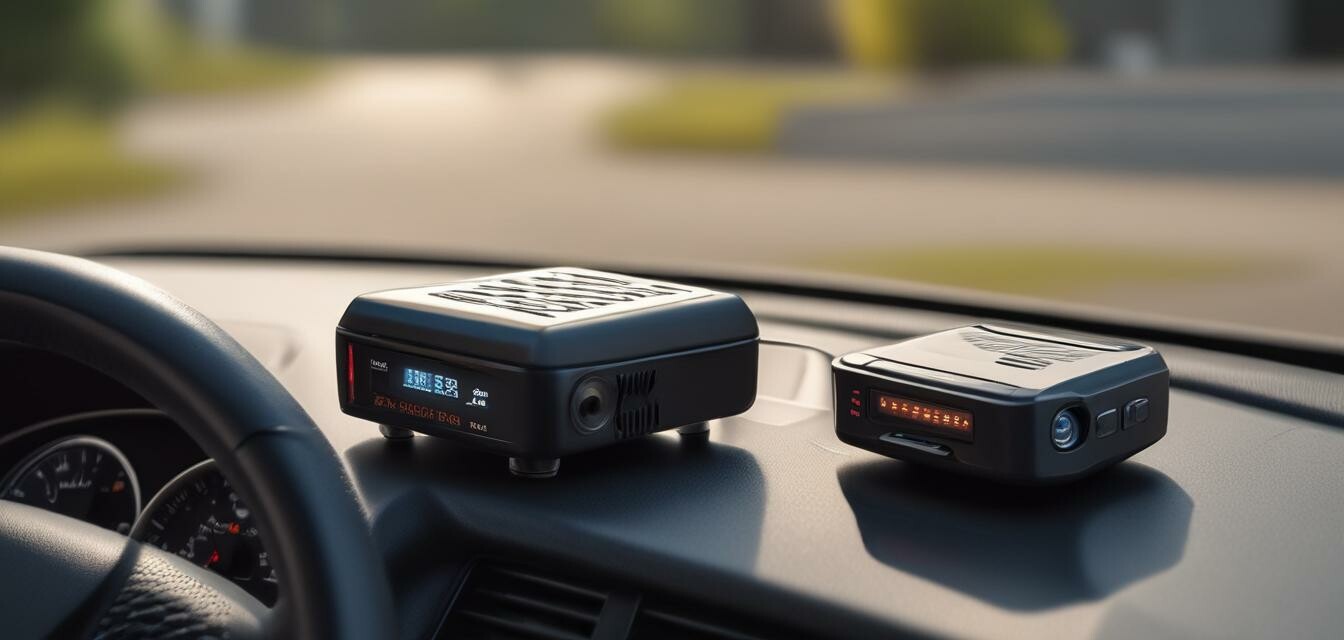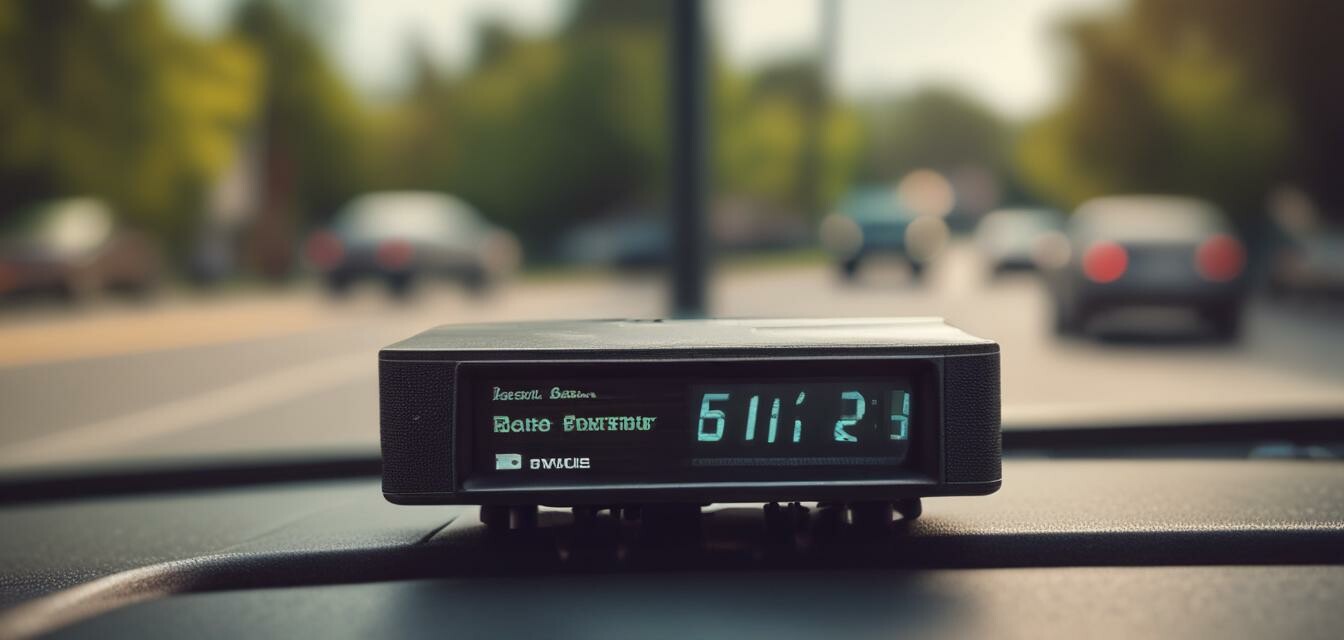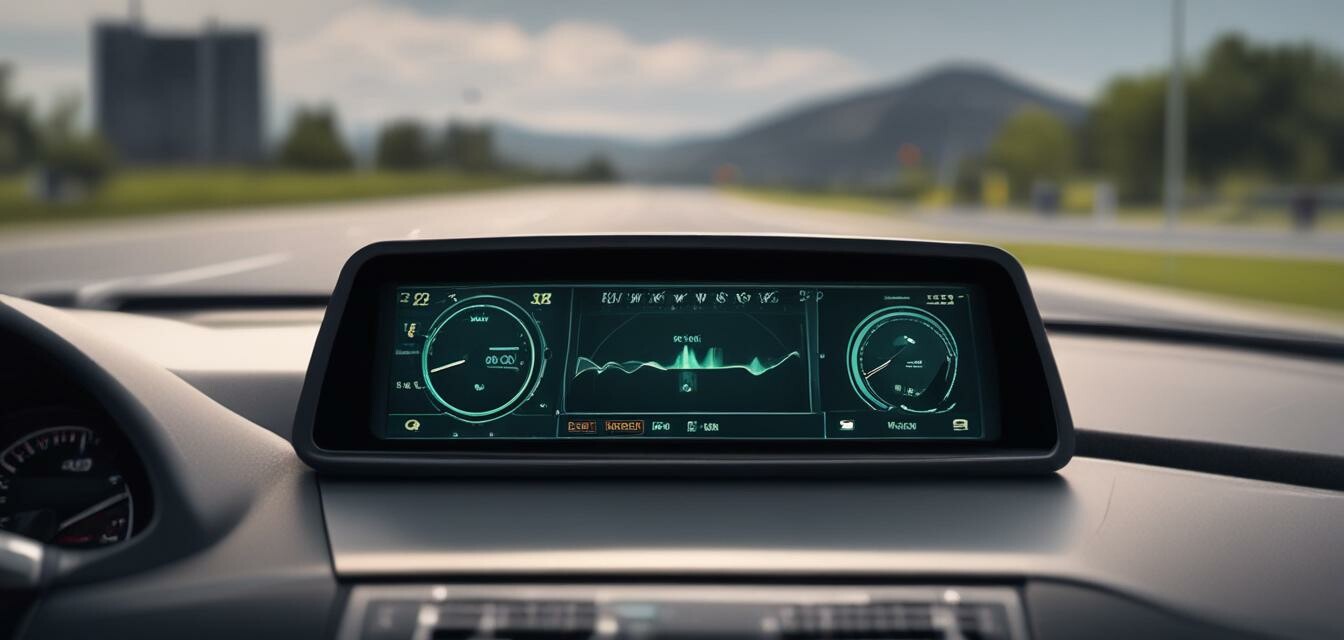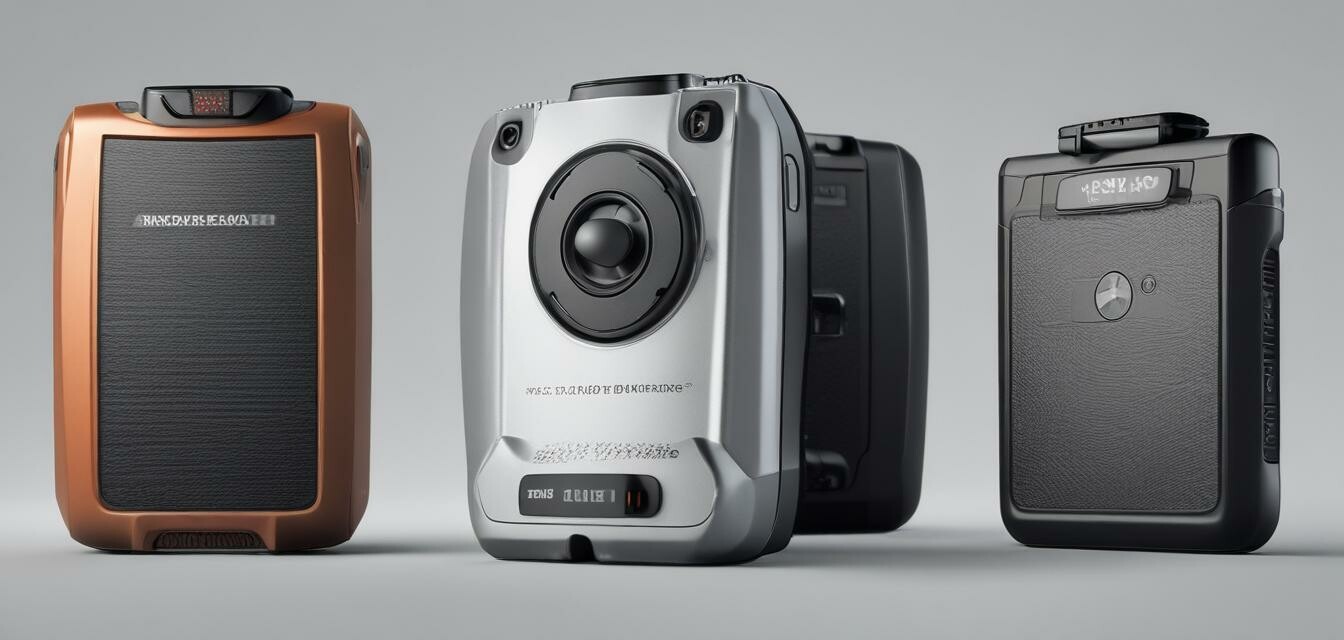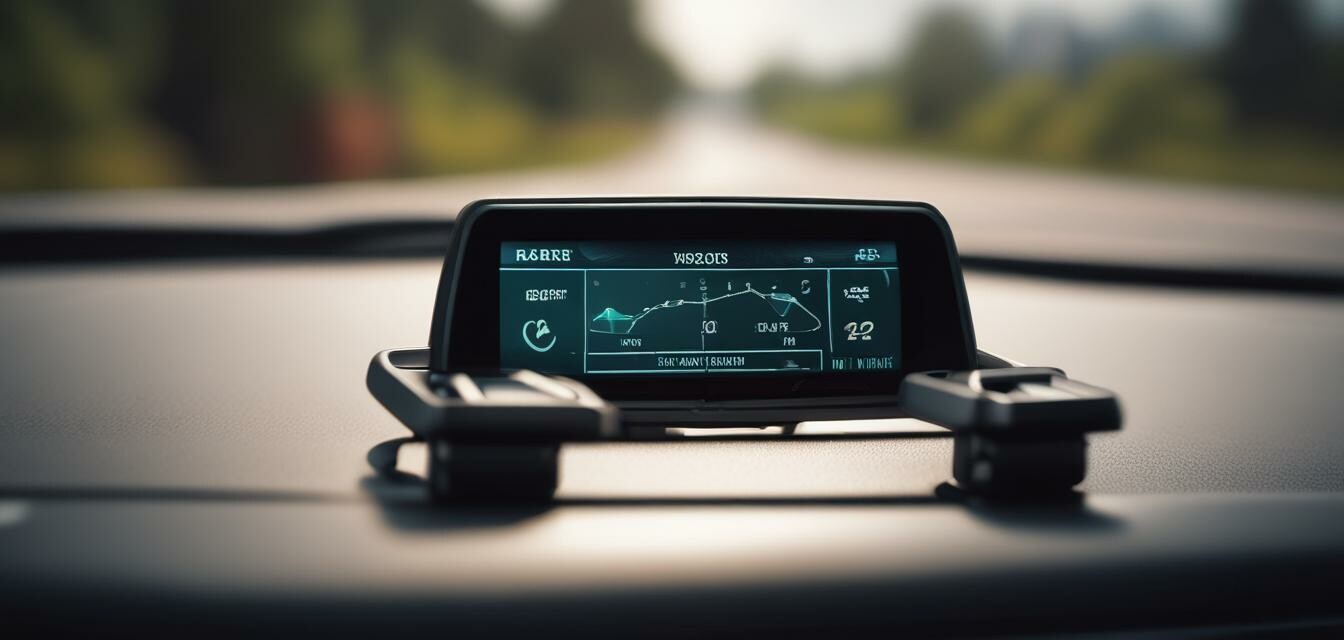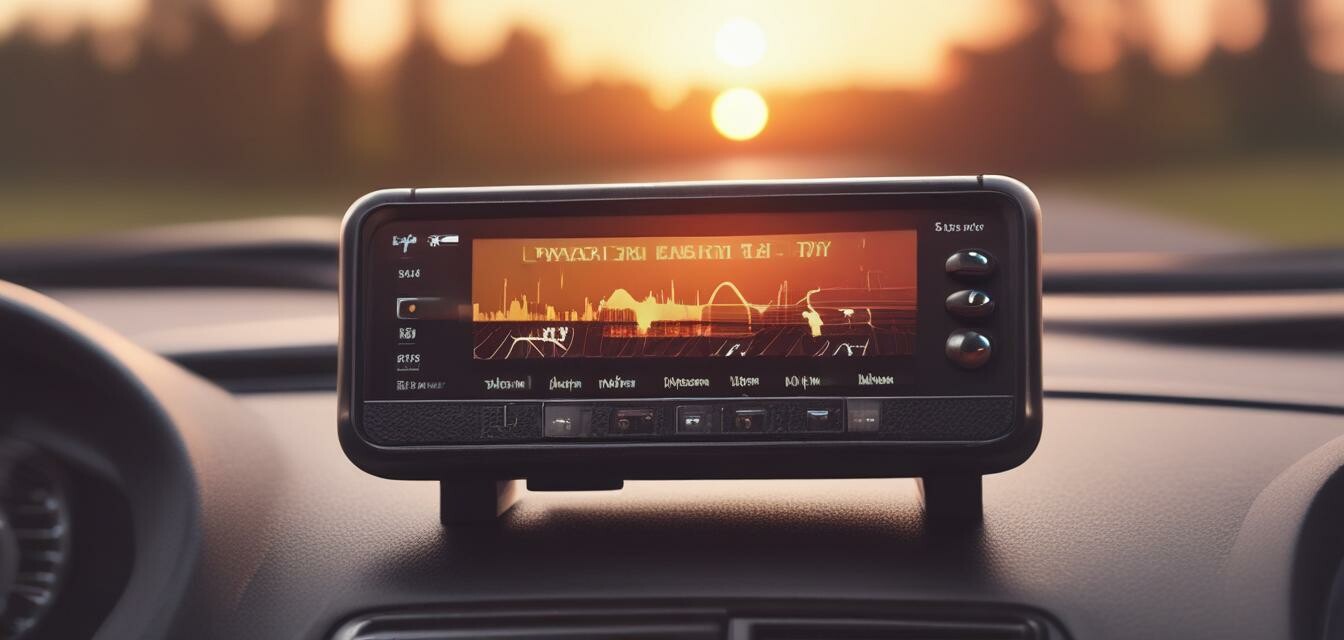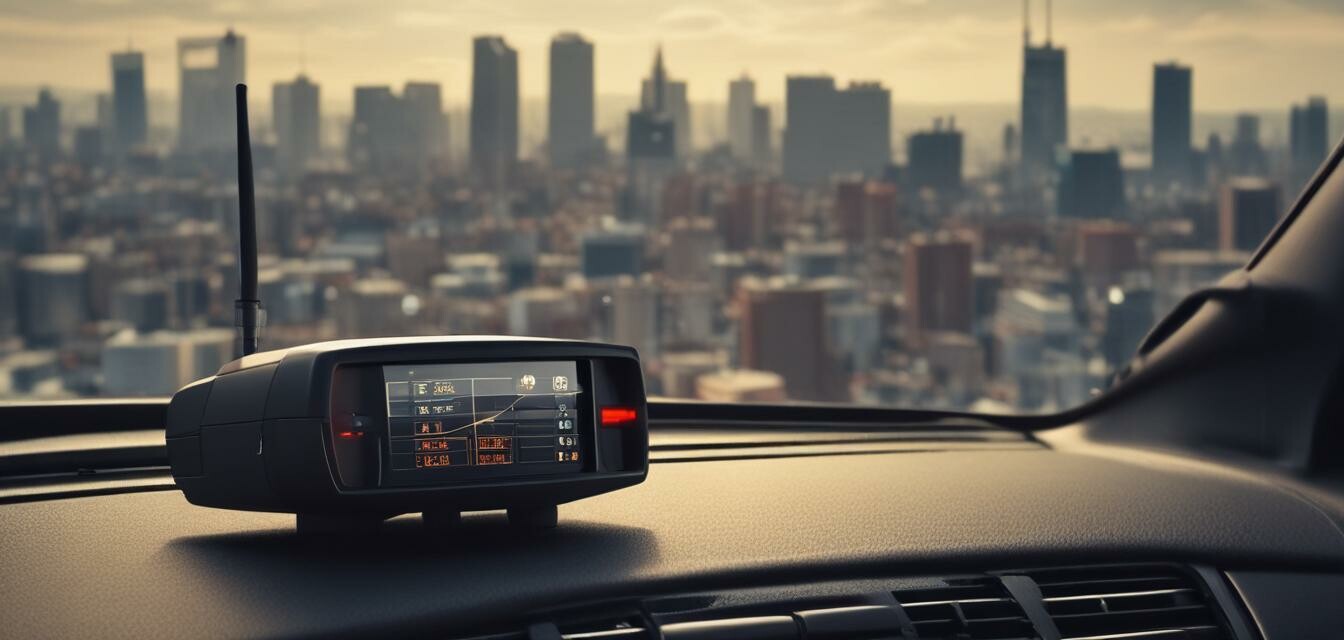
Using Radar Detectors Effectively
Radar detectors are a great tool for drivers who want to stay safe on the road and avoid costly speeding tickets. However, using them effectively requires more than just mounting one on your dashboard. In this article, we'll share some tips and tricks to help you get the most out of your radar detector.
Key Takeaways
- Choose the right radar detector for your needs
- Understand the different types of radar bands
- Mount your radar detector correctly
- Avoid false alarms by adjusting sensitivity
- Use GPS navigation to complement your radar detector
Understanding Radar Detector Types
Radar detectors come in different types, each with its own strengths and weaknesses. The main types are:
| Type | Description | Pros | Cons |
|---|---|---|---|
| Basic Radar Detectors | Detect basic radar signals | Affordable, easy to use | Limited features, may not detect laser signals |
| Advanced Radar Detectors | Detect multiple radar signals, including laser | More accurate, more features | More expensive, may require more setup |
| GPS-Enabled Radar Detectors | Combine radar detection with GPS navigation | Provides more accurate alerts, reduces false alarms | More expensive, may require subscription |
Understanding Radar Bands
Radar detectors detect different types of radar signals, including X, K, and Ka bands. Understanding these bands is crucial to getting the most out of your radar detector:
| Radar Band | Description |
|---|---|
| X-Band | Older radar guns, less common in use today |
| K-Band | Most common radar band used by police |
| Ka-Band | Newer, more accurate radar guns |
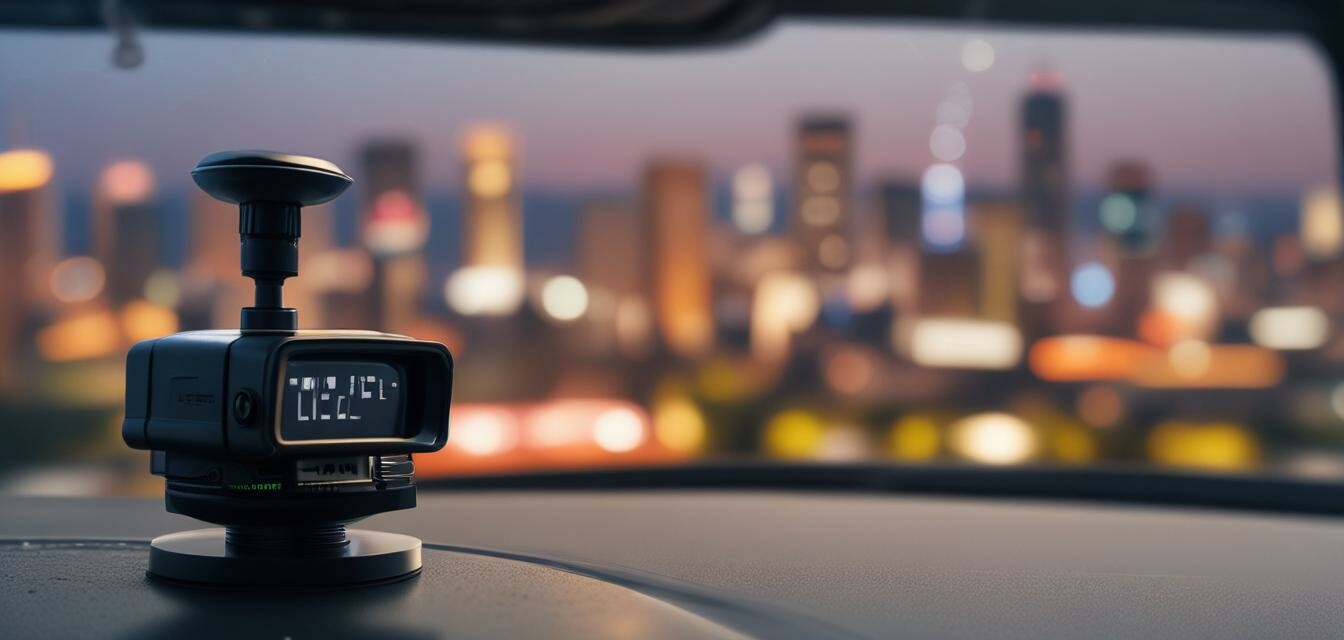
Mounting Your Radar Detector
Mounting your radar detector correctly is crucial to its effectiveness. Here are some tips:
- Mount it on the windshield, not on the dashboard
- Avoid mounting it behind tinted glass or other obstructions
- Adjust the angle to minimize false alarms
Avoiding False Alarms
False alarms can be frustrating and distracting. Here are some tips to minimize them:
- Adjust the sensitivity of your radar detector
- Avoid areas with high levels of radio frequency interference
- Use GPS navigation to filter out false alarms
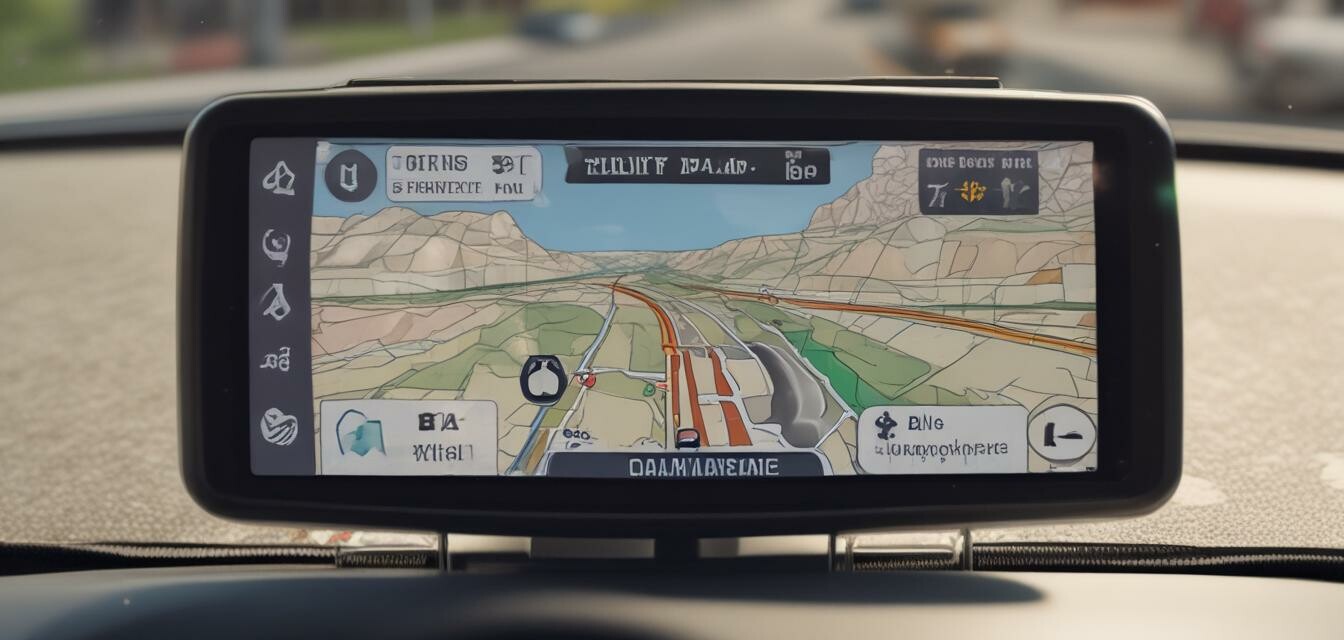
Using GPS Navigation with Your Radar Detector
GPS navigation can complement your radar detector by providing more accurate alerts and reducing false alarms. Here are some benefits:
- More accurate alerts based on your location
- Reduced false alarms due to GPS filtering
- Access to speed camera databases and traffic updates
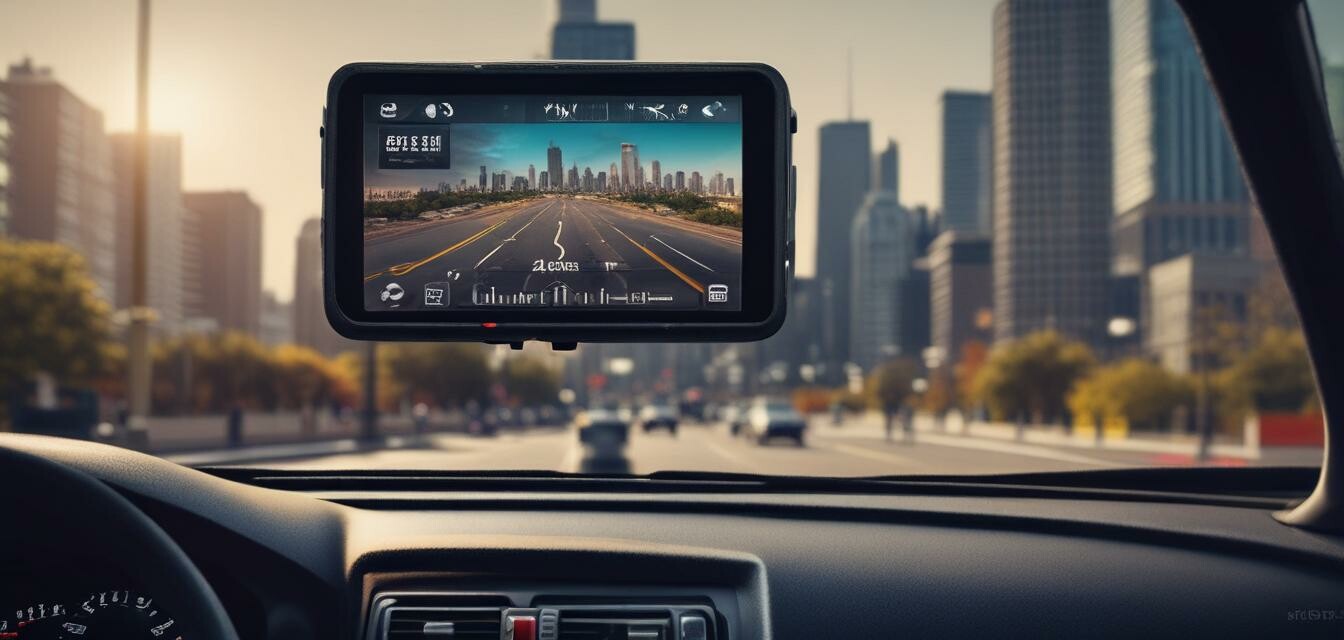
Customizing Your Radar Detector
Customizing your radar detector's settings can help you get the most out of it. Here are some tips:
- Adjust the sensitivity to your driving style
- Set up custom alerts for specific radar bands
- Use the mute function to reduce distractions
Pros of Using a Radar Detector
- Stay safe on the road with advanced warning
- Avoid costly speeding tickets
- Customizable settings for your driving style
Cons of Using a Radar Detector
- False alarms can be distracting
- May not detect all types of radar signals
- Requires setup and customization
Conclusion
Using a radar detector effectively requires more than just mounting it on your dashboard. By understanding the different types of radar detectors, radar bands, and customizing your settings, you can get the most out of your radar detector and stay safe on the road.
Explore advanced radar detectors Explore entry-level radar detectors Explore radar detector accessoriesBeginners Section
- Start with an entry-level radar detector and upgrade as needed
- Read reviews and compare features before making a purchase
- Consult with a professional if you're unsure about setup or customization

